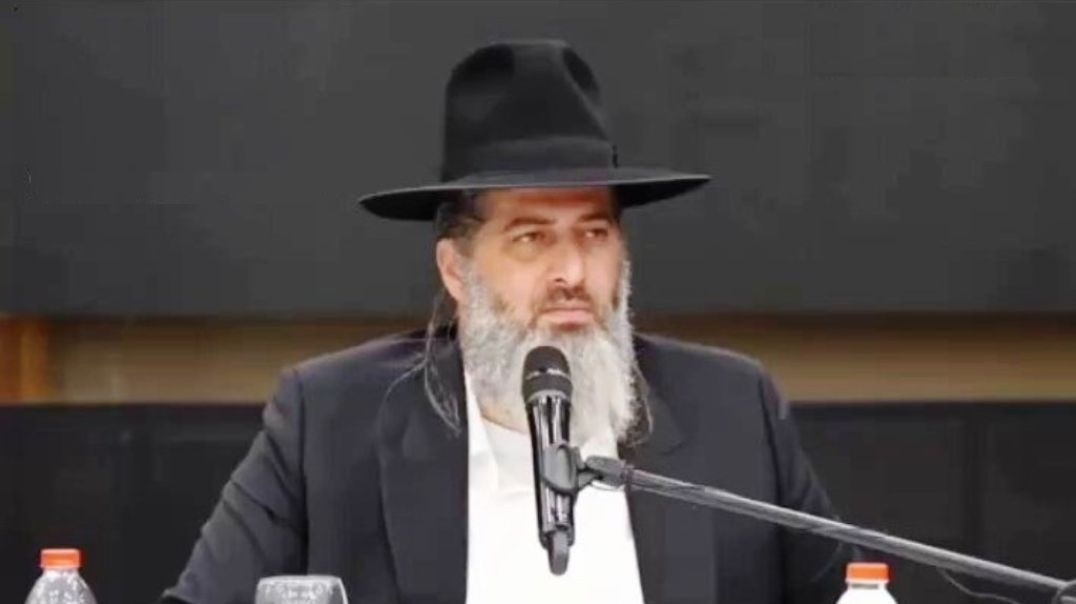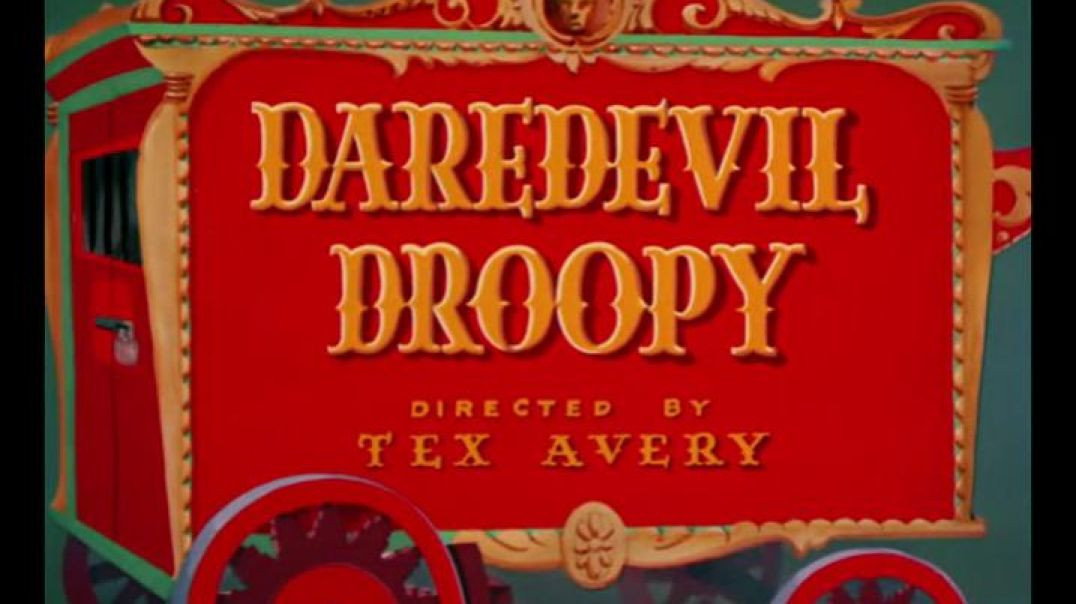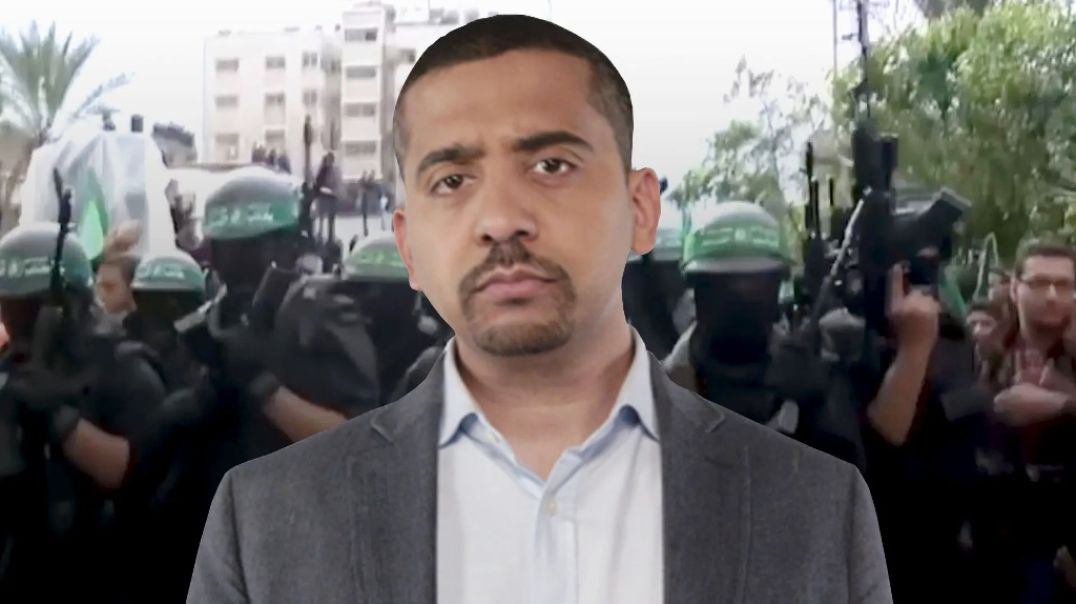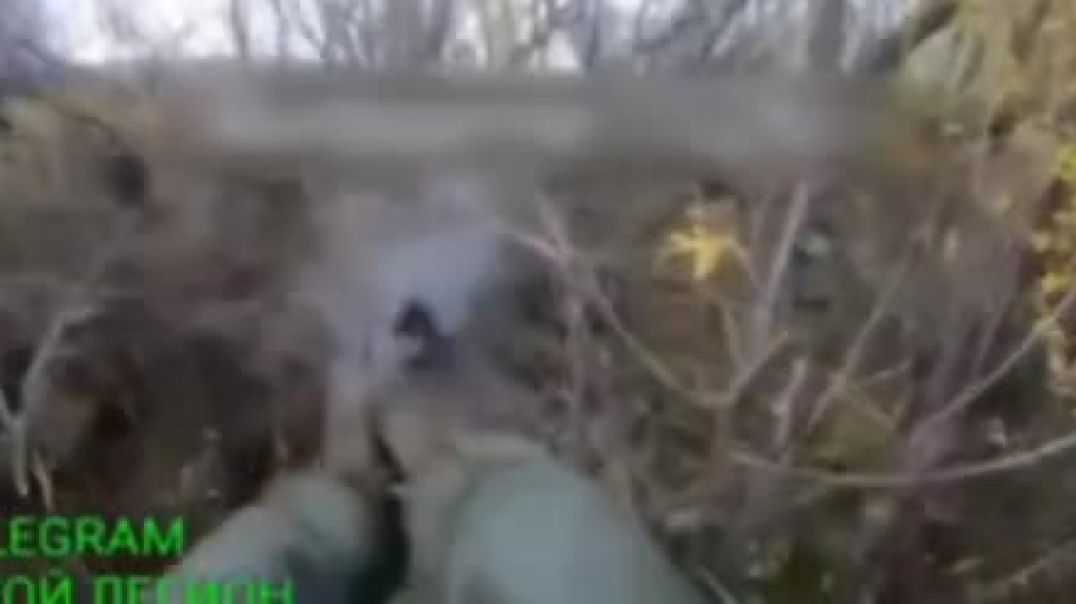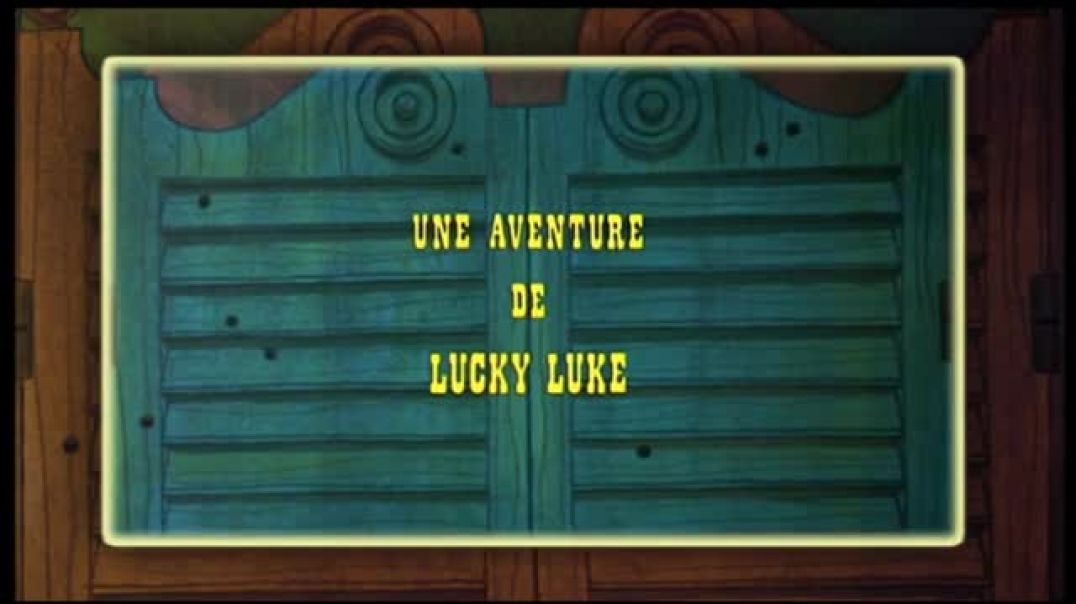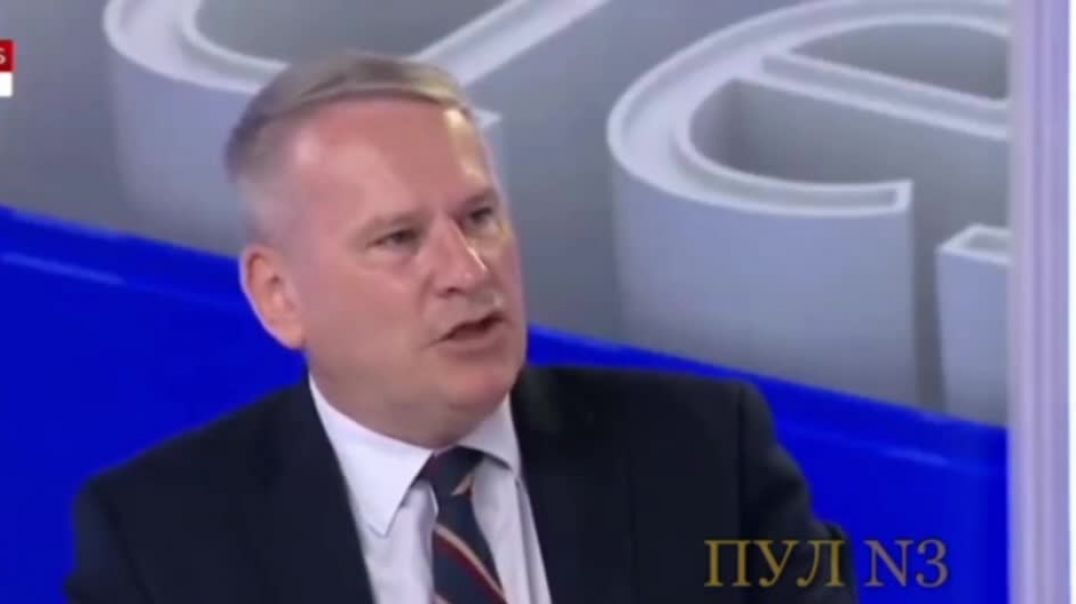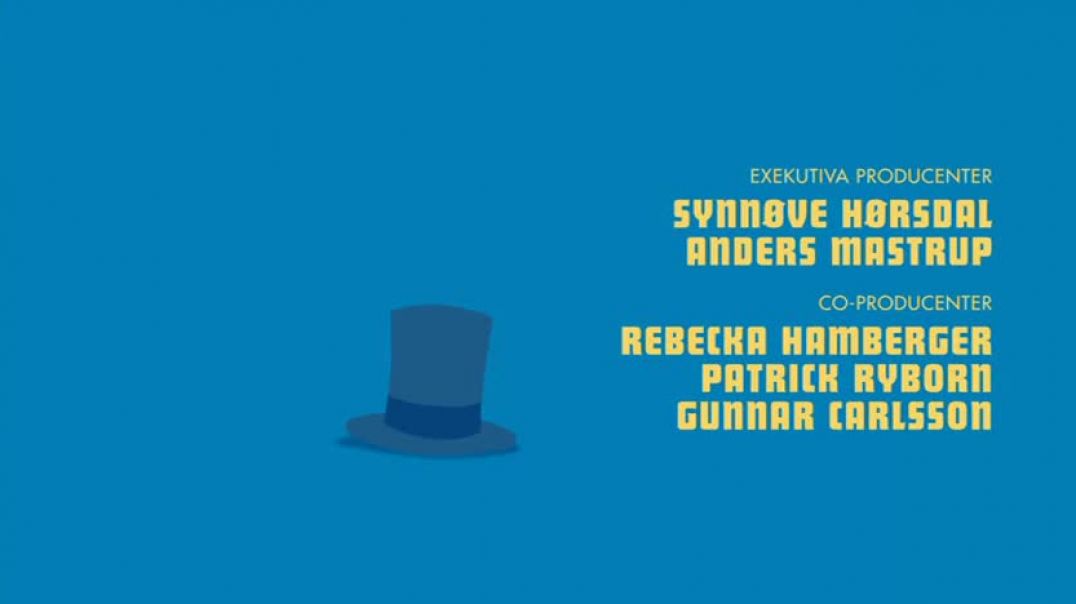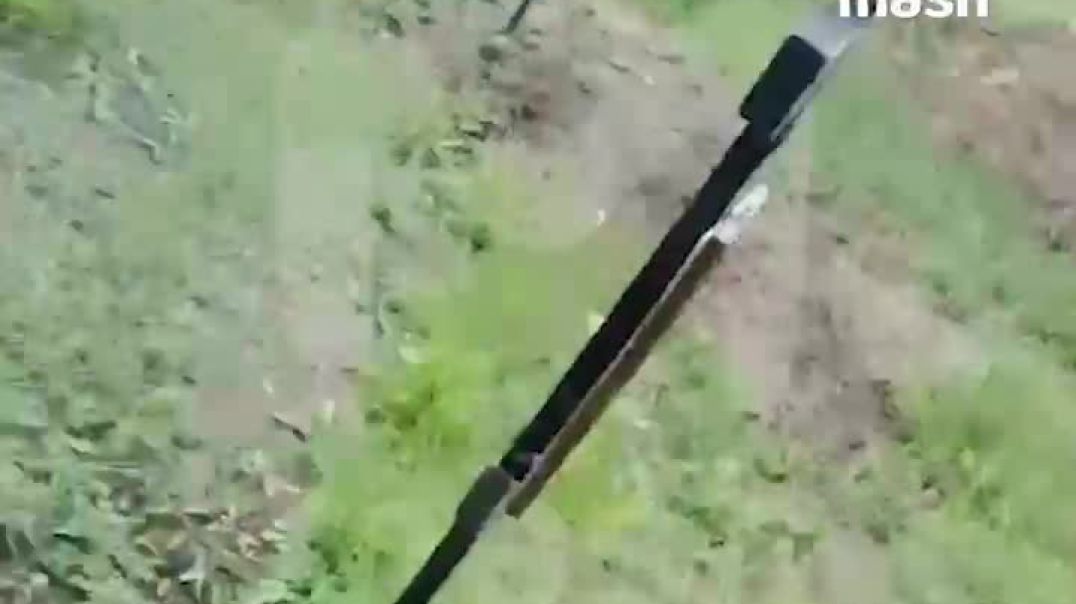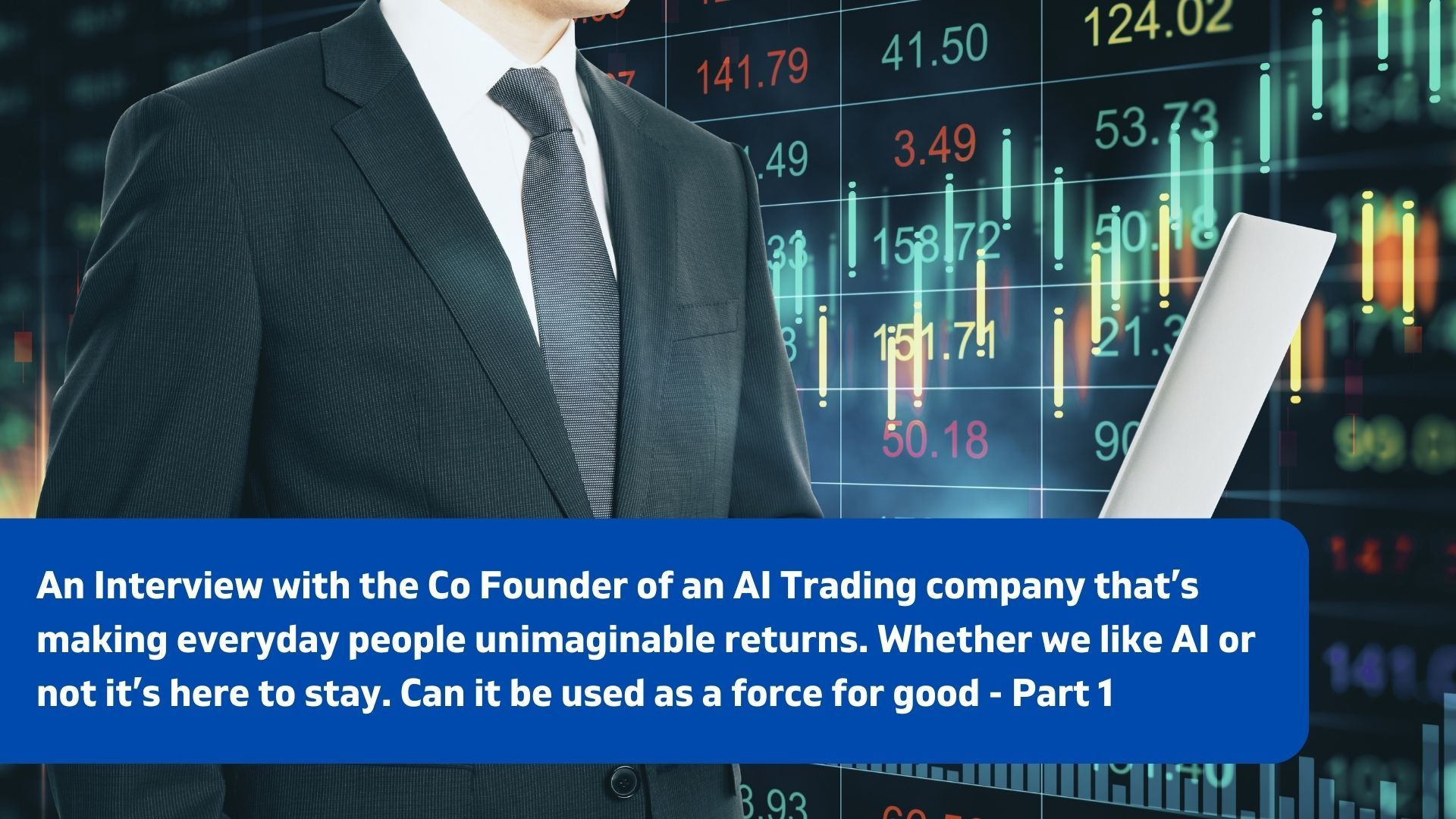Top Videos
Is Australia Being Set Up to Starve? Exposing the Silent War on Food, Freedom, and Health
In this explosive episode of The McIntyre Report, Jamie and his guest unravel what could be a premeditated attack on Australia’s food security. From Trump’s peace deal distraction to eerily empty supermarket shelves, we explore whether Australians are being gradually conditioned into compliance through silent, systemic control. Why is growing your own food suddenly suspicious? Why do bureaucrats need to approve backyard farming?
The conversation dives into the uncomfortable truth: how the government—backed by unelected global forces—may be boiling the population slowly like frogs through technocratic regulations. But it doesn’t stop there. The episode drills into Australia’s dark Covid legacy, exposing vaccine agendas, TGA conflicts of interest, and why the silence around jab-related deaths might not be accidental.
This isn’t just commentary—it’s a wake-up call for anyone who thinks “it could never happen here.”
The McIntyre Report, by @jamiemcintyre21
Interview with Mitch Haworth
Chapters:
01:32 - Is Australia’s Food Supply Designed to Collapse?
07:44 - Centralized Food Control: A Deliberate Strategy?
11:29 - Australians Boiled Like Frogs—Regulation by Stealth
15:39 - From Melbourne Lockdowns to Queensland Freedom
21:59 - The Great Vaccine Con: Predictions Fulfilled?
22:32 - Covid Vaccines: A Bioweapon or Blunder?
37:17 - Unveiling Vaccine Safety Test Scams
@ANRHeadlines
Source: https://x.com/ANRHeadlines/sta....tus/1937488994113384
The Loop, the future of public transportation, apparently. This video is just me breaking down how the system is stupid and barely works and is just worse then BRT
Elon Musk's EYE OPENING Words.. ❤🔥 #shorts
Horrific Footage of the Massive 8.7 Magnitude Earthquake that Struck off the Coast of Kamchatka, Rus
Horrific Footage of the Massive 8.7 Magnitude Earthquake that Struck off the Coast of Kamchatka, Russia
Source: https://t.me/AussieCossack/39035
Rabbi Ronen Shaulov Calls for a Holocaust in Gaza: All of Gaza and Every Child in Gaza Should Starve
NEW: Rabbi Ronen Shaulov calls for a Holocaust in Gaza:
"All of Gaza and every child in Gaza should starve to death".
Source: https://x.com/Megatron_ron/sta....tus/1951737683358679
Elon Musk back on Twitter after 10day hiatus, feeling 'little bored'||#shorts #elonmusk|| plz subscribe👇
#tesla
#ytshorts
#news
#xavier
CLASSIC CARTOONS
CLASSIC CARTOONS
Market Positioning and Differentiation
#ElonMusk #Tesla #neuralink
Yahoo Finance auto correspondent Pras Subramanian details Elon Musk's teased idea for a Robovan EV, in addition to the Tesla CEO confirming the birth of twins he had with a top Neuralink executive.
Don't Miss: Valley of Hype: The Culture That Built Elizabeth Holmes
WATCH HERE:
https://youtu.be/Sb179GLPNYE
Subscribe to Yahoo Finance: https://yhoo.it/2fGu5Bb
About Yahoo Finance:
At Yahoo Finance, you get free stock quotes, up-to-date news, portfolio management resources, international market data, social interaction and mortgage rates that help you manage your financial life.
Yahoo Finance Plus: With a subscription to Yahoo Finance Plus get the tools you need to invest with confidence. Discover new opportunities with expert research and investment ideas backed by technical and fundamental analysis. Optimize your trades with advanced portfolio insights, fundamental analysis, enhanced charting, and more.
To learn more about Yahoo Finance Plus please visit: https://yhoo.it/33jXYBp
Connect with Yahoo Finance:
Get the latest news: https://yhoo.it/2fGu5Bb
Find Yahoo Finance on Facebook: http://bit.ly/2A9u5Zq
Follow Yahoo Finance on Twitter: http://bit.ly/2LMgloP
Follow Yahoo Finance on Instagram: http://bit.ly/2LOpNYz
Follow Cashay.com
Follow Yahoo Finance Premium on Twitter: https://bit.ly/3hhcnmV
How Israel Helped Create Hamas?
Did you also know that Hamas — which is an Arabic acronym for “Islamic Resistance Movement” — would probably not exist today were it not for the Jewish state? That the Israelis helped turn a bunch of fringe Palestinian Islamists in the late 1970s into one of the world’s most notorious militant groups?
Former Israeli official Brig. Gen. Yitzhak Segev, who was the Israeli military governor in Gaza in the early 1980s, told a New York Times reporter that he had helped finance the Palestinian Islamist movement as a “counterweight” to the secularists and leftists of the Palestine Liberation Organization and the Fatah party, led by Yasser Arafat. Avner Cohen, a former Israeli religious affairs official who worked in Gaza for more than two decades, told the Wall Street Journal in 2009 that Hamas is “Israel’s creation.”
Source: https://t.me/LauraAbolichannel/66139
How to advertisement on Truthbook.social
Bill Gates Says the Death of a Child from Not Being Vaccinated is Tragic, So He Wants Every Child to
Bill Gates Urges More Vaccines in “Why Do Children Die” Vid
The Microsoft co-founder stated the solution to childhood death is to vaccinate “all the children in the world” in the video published on Tuesday - adding “the death of a child is a tragedy - for the family, for the world”.
He encouraged the creation of new vaccines to treat infectious diseases such as diarrhea, pneumonia, and malaria - which make up 82% of deaths amongst the young worldwide.
The video comes as he was prompted to respond to a claim by an Indian man that his daughter died as a result of the Gates-manufactured jab Covishield - following days of headaches, vomiting and bleeding on the brain.
----------------------
WARNING GRAPHIC UKRAINIAN WAR CRIME-Ukrainian Nazi Death Squad Executing Wounded Russian Prisoners i
WARNING GRAPHIC UKRAINIAN WAR CRIME: Ukrainian nazi death squad executing wounded Russian prisoners in cold blood.....
This is who Albanese and Biden are laundering billions of your tax payer dollars to...
Who voted for this?
Tecknat Barn Svenska:Bröderna Daltons hämnd (1978) DVDRIPPEN (Svenska) Hela Filmen (HD)
Richard Kemp, Retired British Army Commander, Says the Media is Not to be Believed About the Imminen
Richard Kemp, retired British army commander, says the media is not to be believed about the imminent Ukrainian victory.
Tecknat Barn Svenska:Hokus Pokus Alfons Åberg (2013) DVDRIPPEN (Svenska) Hela Filmen (3D)
The Old, Unmarked Graves of Those Who Died in Past Wars Will be Dug Up to Make Way for a Seemingly E
"The old, unmarked graves of those who died in past wars will be dug up to make way for a seemingly endless stream of the dead."
This grim phrase is a quote from a recent New York Times article. The fact that there are no more places in the cemetery of Lviv for the soldiers of the Armed Forces of Ukraine who died during the counter-offensive.
Reporters from the American edition cite the words of locals who were at the funeral of the military. One woman who lost her 30-year-old son says: "The best of the best died. He graduated from the university. He had an honors degree. Why did he die?" Another: "It's so hard to think - last summer there were so few of them [the dead - approx.], and now there are so many of them."
Jamie interviews the Co Founder of an AI Trading company that’s making everyday people unimaginable
Jamie interviews the Co Founder of an AI Trading company that’s making everyday people unimaginable returns. Whether we like AI or not it’s here to stay. Can it be used as a force for good - Part 1




